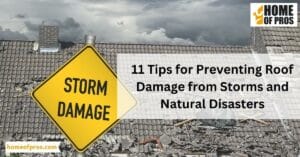Regular roofing maintenance is crucial to ensure your roof remains in optimal condition. Begin by inspecting for loose or damaged shingles, as they can lead to leaks and water damage. Additionally, clean out gutters and downspouts to prevent water buildup, and schedule professional inspections to catch potential issues before they escalate.
Our guide on roofing maintenance explores the crucial role of a well-maintained roof for homeowners, protecting your investment and ensuring your home’s comfort. In this article, we’ll delve into the significance of roof upkeep and provide you with a checklist to prolong its lifespan. Let’s get started on keeping your roof in excellent condition.

1. Seasonal Inspections
It’s essential to conduct regular seasonal inspections of your roof to ensure its longevity and reliability. Take the time to carefully examine the entire surface, looking for any signs of damage or wear and tear. Check for loose or missing shingles, cracks, or any areas where the roof may be deteriorating.
Seasonal inspections are like routine health check-ups for your home’s protective shield. By identifying issues early on, you can prevent minor concerns from turning into major, costly problems that could compromise the integrity of your roof.
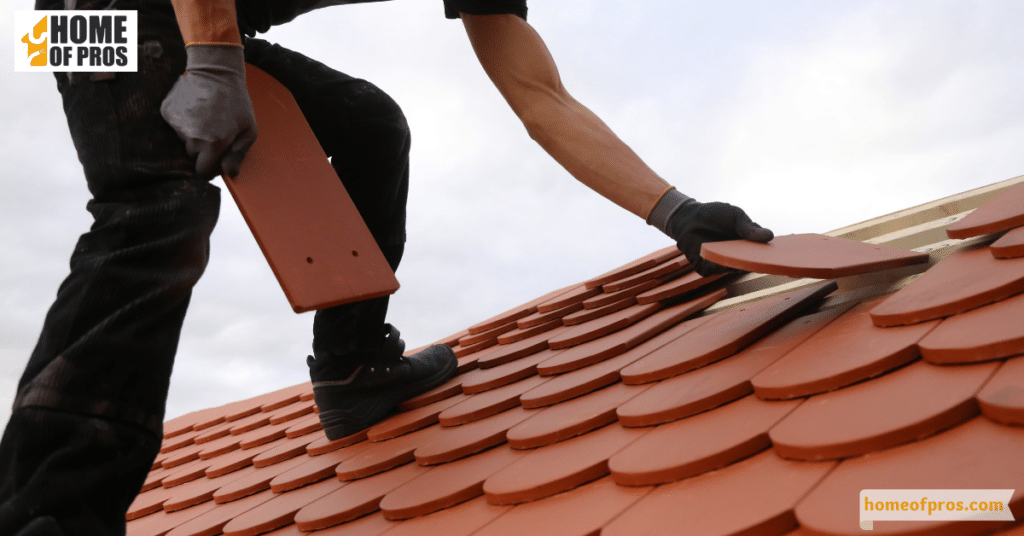
2. Clean Gutters and Downspouts
Keeping your gutters and downspouts clean and free of debris is a fundamental aspect of roofing maintenance. When leaves, twigs, and other debris accumulate in your gutters, they can obstruct water flow. This obstruction can cause rainwater to overflow and pool on your roof, potentially leading to leaks and water damage.
By routinely clearing out your gutters and downspouts, you ensure that rainwater is directed away from your home, reducing the risk of water-related issues both on your roof and in your foundation.
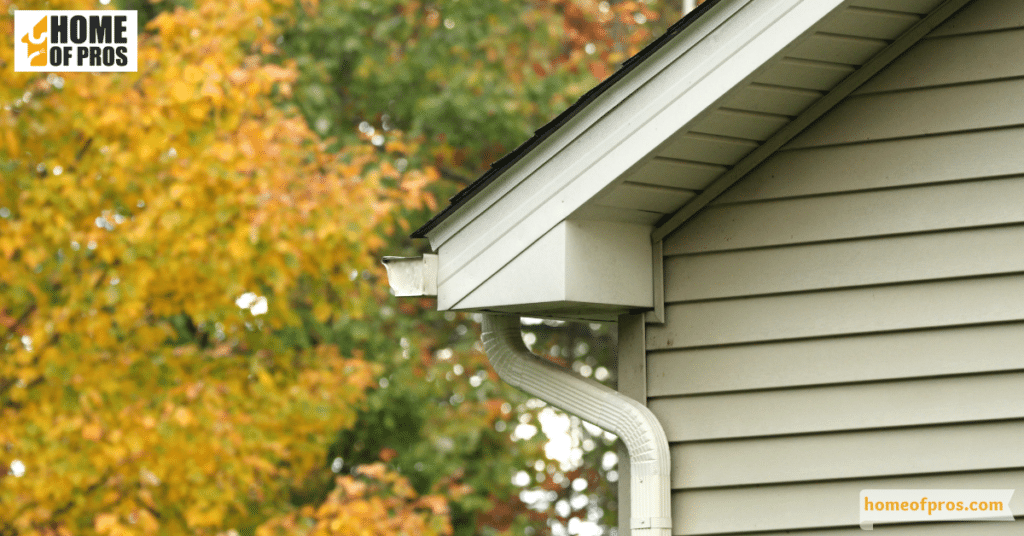
3. Address Roof Leaks Promptly
Roof leaks, though often insidious, demand immediate attention as they may remain concealed until they inflict visible damage within your home. The telltale signs include unsightly water stains on your ceiling, damp patches in the attic, or any indications of moisture intrusion.
Swiftness in response is paramount as delaying repairs can amplify the issue, resulting in more severe damage and escalated costs. Identifying the source of the leak is the first crucial step, followed by prompt resolution to avert further harm to your roof and safeguard your home’s interior from water-related complications.
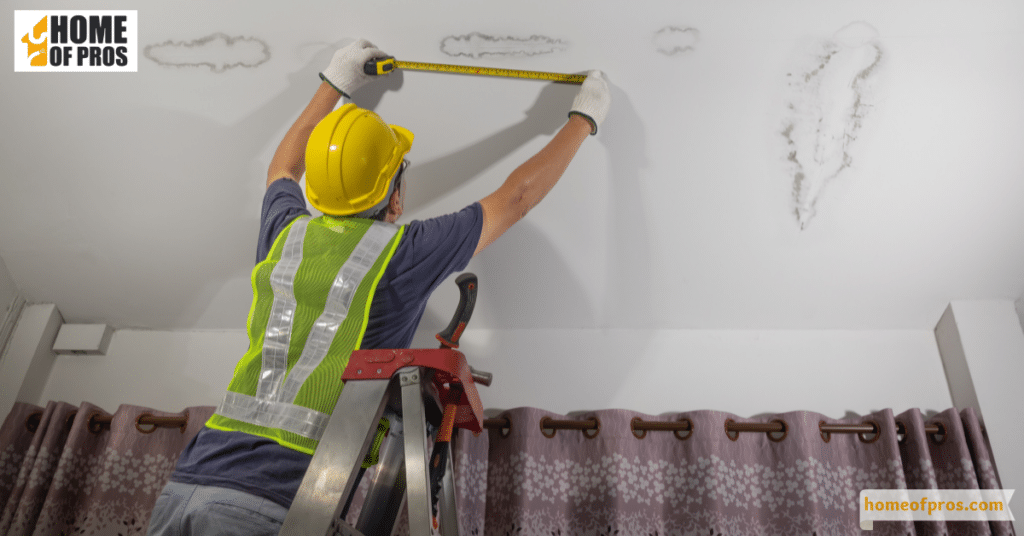
4. Trim Overhanging Branches
Trees in proximity to your home can become a liability when their branches extend over your roof, particularly in stormy or windy weather. Branches making contact with or scraping against your roof pose a tangible threat, potentially causing physical harm to your shingles or even puncturing your roof’s surface.
To preempt this risk, it’s essential to perform regular pruning and trimming of any branches that hang over your roof. This straightforward preventive action not only fortifies the well-being of your roof but also bolsters the safety and resilience of your property during inclement weather conditions.
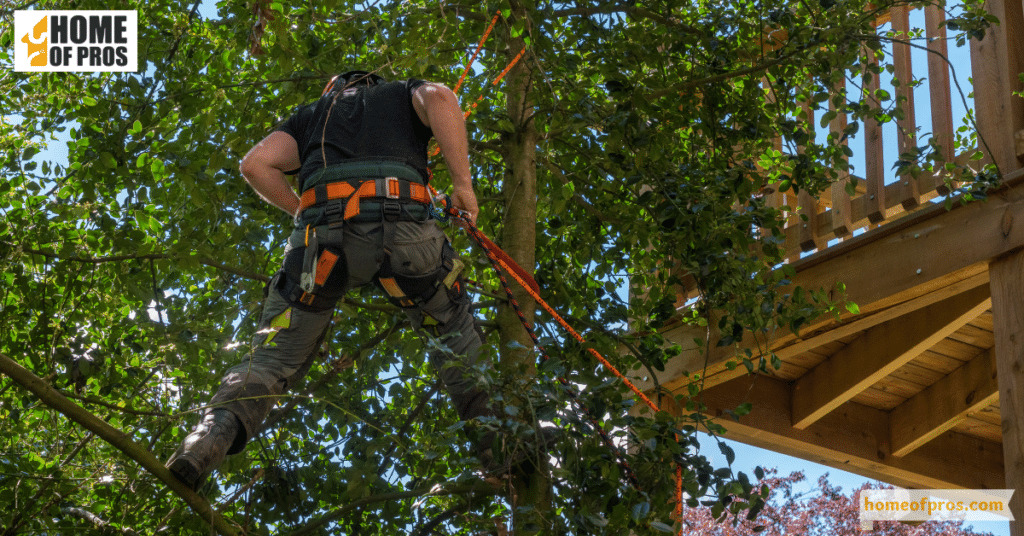
5. Check Flashing and Seals
Roof flashing, typically surrounding roof penetrations like chimneys, vents, and skylights, serves as a critical barrier against water intrusion. Over time, it can deteriorate due to exposure to the elements, showing signs of rust or damage. Similarly, seals around roof elements may degrade, allowing water seepage.
Thoroughly inspect these areas, looking for rust, separations, or missing sections in the flashing, and ensure seals remain intact. If issues arise, act promptly by making necessary repairs or replacements to maintain your roof’s watertight integrity and protect your home’s interior.
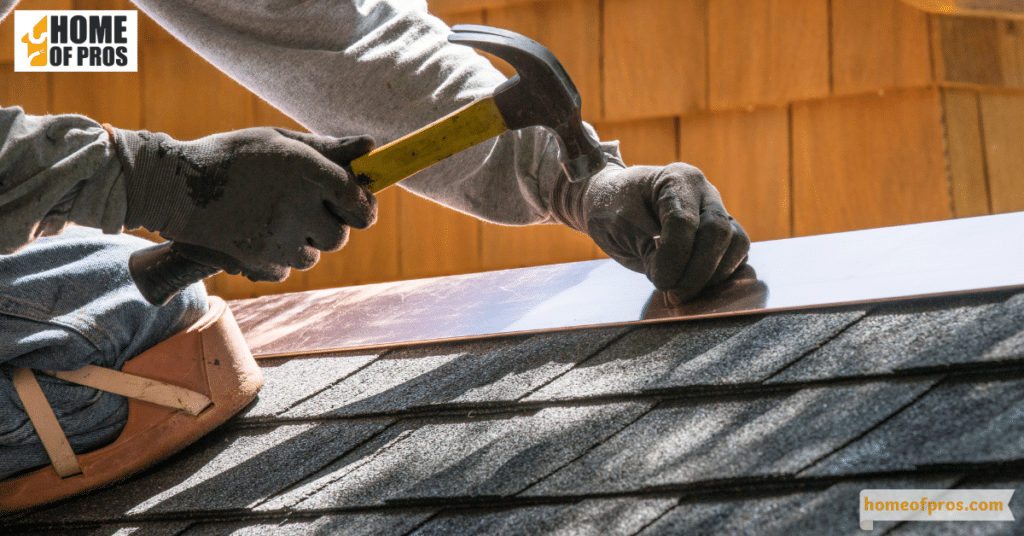
6. Ventilation Assessment
Often overlooked, proper attic ventilation is vital for your roof’s overall health. It regulates attic temperature and moisture levels, preventing issues like mold growth and premature roof deterioration. During maintenance, assess your roof’s ventilation system for blockages or damage.
Adequate ventilation facilitates air exchange, curbing heat buildup in summer and reducing the risk of ice dams in winter. It also maintains consistent indoor temperatures, promoting energy efficiency and home comfort. Address any ventilation issues promptly to extend your roof’s lifespan and ensure a healthier living space with lower energy costs.
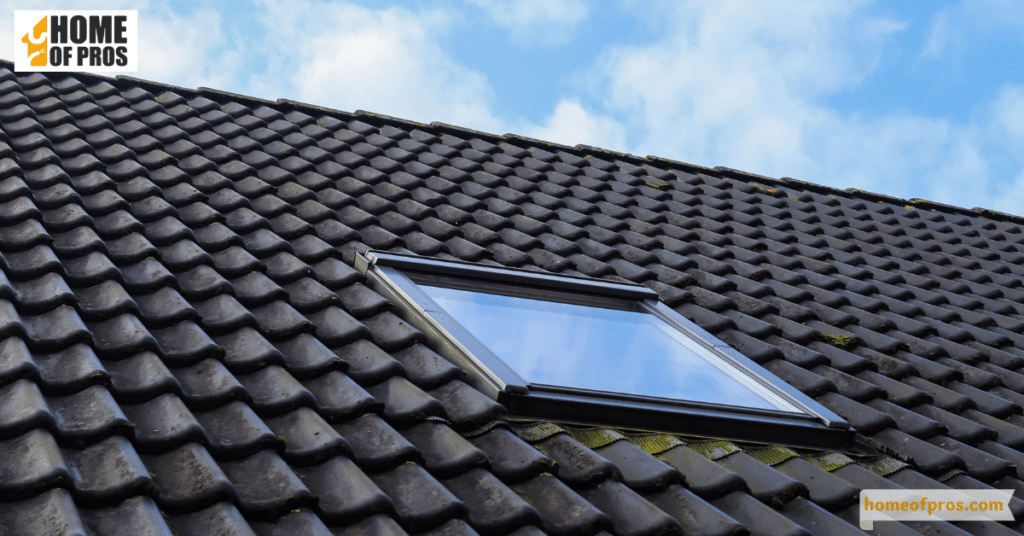
7. Consider Professional Inspection
While homeowners can perform DIY roof inspections, scheduling periodic professional roof inspections is a wise investment. Roofing experts possess the knowledge and experience to detect subtle problems that may go unnoticed by the untrained eye. These professionals can thoroughly assess your roof’s condition, identify potential issues, and recommend the necessary repairs or maintenance.
By opting for professional inspections, you can have peace of mind, knowing that your roof is receiving expert care and attention, which can ultimately save you money on major repairs down the road and ensure your roof remains in top shape for many years to come.
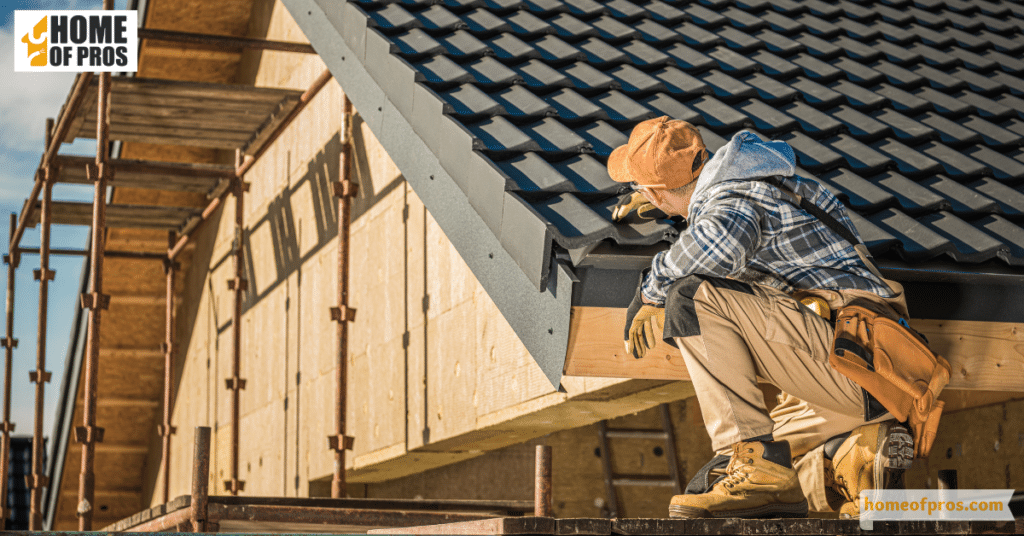
In conclusion
Maintaining your roof in top shape is not just a homeowner’s responsibility; it’s a prudent investment in the longevity and protection of your home. Regular seasonal inspections, cleaning gutters, addressing leaks promptly, trimming overhanging branches, checking flashing and seals, and ensuring proper ventilation are all vital components of a comprehensive roofing maintenance checklist.
While some tasks can be tackled through DIY efforts, it’s equally important to consider professional inspections for a thorough evaluation. By following this checklist and addressing issues promptly, you can extend your roof’s lifespan, protect your home from costly water damage, and enjoy peace of mind in knowing that your shelter remains secure, season after season.












